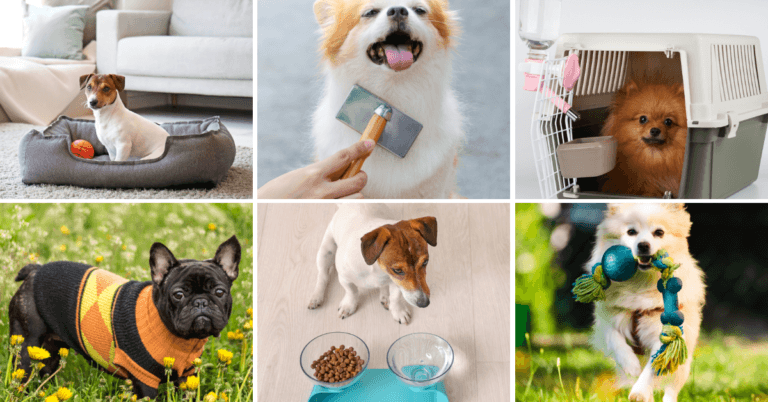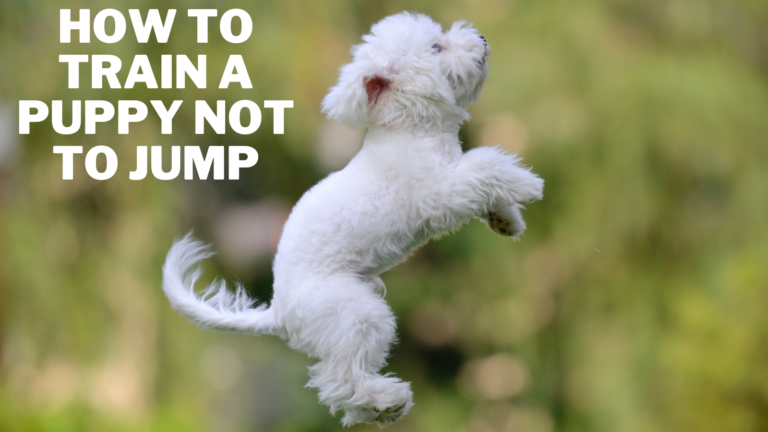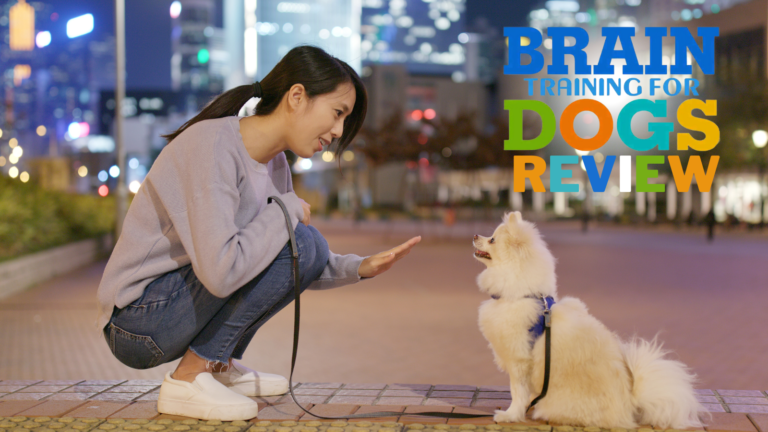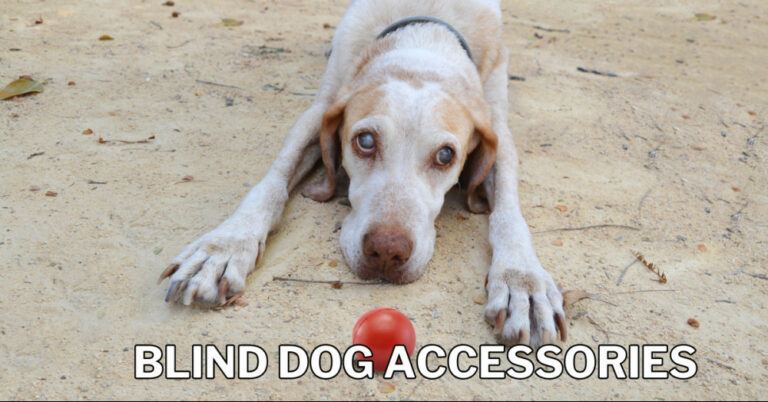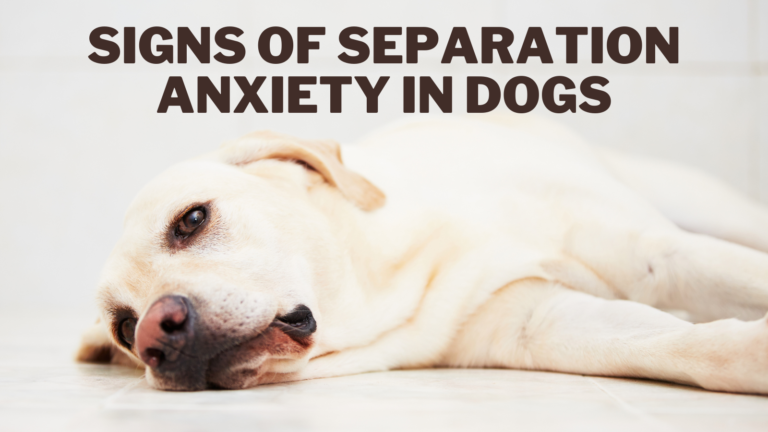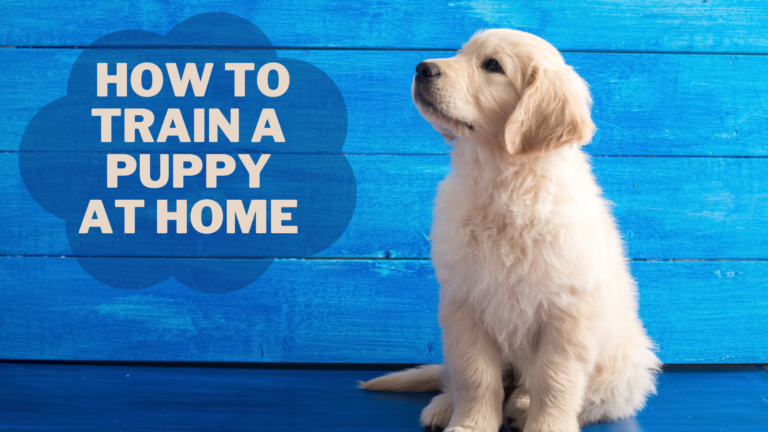How To Train A Puppy To Walk On A Leash
How To Train A Puppy To Walk On A Leash
Welcome to our guide on how to train your puppy to walk on a leash! Leash training is an essential skill that every puppy and owner should learn to ensure safe and enjoyable walks together.
In this comprehensive guide, we'll cover everything you need to know about leash training, from choosing the right equipment to using positive reinforcement and avoiding common mistakes.
Whether you're a first-time puppy owner or a seasoned dog lover, this guide will help you and your furry friend master the art of leash walking.

1. Start With The Basics
To expand on the basics of leash training your puppy, gradually introducing them to their collar or harness is important. Here are some additional details on how to do this effectively:
Choose The Right Collar Or Harness
When selecting a collar or harness for your puppy, choose one that fits properly and is comfortable. A too-tight or loose collar can be uncomfortable for your puppy and may cause them to resist wearing it. Similarly, a too-snug or loose harness can cause discomfort and may not provide the control you need when walking your puppy.
Introduce The Collar Or Harness Gradually
Let your puppy sniff and explore the collar or harness before putting it on them. This will help them become familiar with the new item and make them more comfortable wearing it. Encourage your puppy to smell the collar or harness and reward them with treats or praise when they show interest.
Associate The Collar Or Harness With Positive Experiences
To help your puppy associate the collar or harness with positive experiences, try putting it on them before meal times or playtime. This will help your puppy develop a positive association with wearing the collar or harness, making it easier for them to accept it.
Attach The Leash And Let Your Puppy Drag It Around
Once your puppy is comfortable wearing the collar or harness, you can attach the leash and let them drag it around the house under your supervision. This will help your puppy get used to having something attached to their collar or harness and dragging behind them.
Practice Leash Walking Inside The House
Once your puppy is comfortable with the leash, you can practice leash walking inside the house. Start with short sessions and gradually increase the length and duration of your walks as your puppy becomes more comfortable with the leash. Practice walking in a straight line and changing directions, using treats or toys to reward your puppy for good behaviour.
Following these steps, you can help your puppy become comfortable wearing a collar or harness and using a leash. Remember to be patient, take things slowly, and use positive reinforcement to encourage good behaviour.
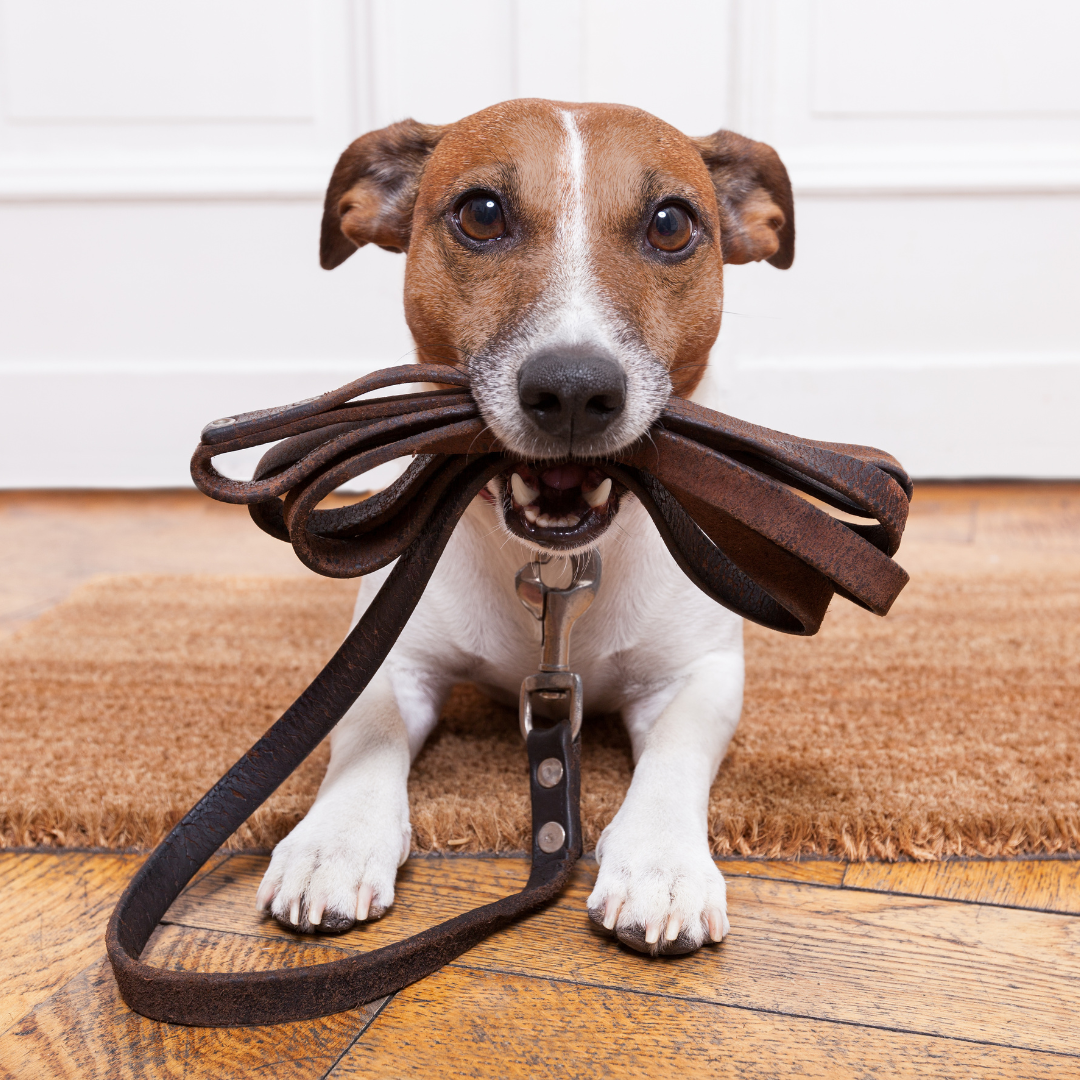
2. Choose The Right Equipment
Choosing the right equipment is an important aspect of leash training. Here are some details to consider when selecting equipment for your puppy:
Collars vs. Harnesses
Both collars and harnesses are commonly used for leash training, and the choice between them depends on your puppy's size, breed, and individual needs. Collars are generally more suitable for smaller dogs, while harnesses are often recommended for larger breeds or dogs with neck or respiratory issues.
Proper Fit
Choosing equipment that fits your puppy properly is crucial. A too-tight or lose collar can be uncomfortable and may even cause injury, while a harness that is too tight can restrict movement and cause discomfort. Measure your puppy's neck or chest circumference to ensure a good fit.
Material
Collars and harnesses come in various materials, including leather, nylon, and neoprene. Consider your puppy's lifestyle and activity level when choosing a material. For example, if your puppy loves to swim, a water-resistant material like neoprene may be more suitable.
Leash Length
Leashes come in various lengths, from standard six-foot leashes to retractable options. Consider your puppy's size and behaviour when choosing a leash length. A shorter leash may be more appropriate for a small or nervous puppy, while a longer leash may give a larger or more active puppy more freedom to move.
Type of Leash
Leashes come in various styles, such as a standard leash, slip leash, or head halter. Each type has its benefits and drawbacks, so research each option carefully to determine which is most appropriate for your puppy's size, breed, and behaviour.

3. Start Indoors
Practicing leash walking indoors is important in preparing your puppy for outdoor walks. Here are some additional details to consider:
Choose A Quiet Room
When starting, choose a quiet room with minimal distractions. This will help your puppy focus on walking on the leash and make it easier for them to learn. A small, enclosed space like a hallway or a living room can be a good option.
Encourage Your Puppy To Follow You
Start by holding the leash and encouraging your puppy to follow you. Use treats or toys to motivate your puppy to stay by your side and reward them for good behaviour.
Keep The Leash Loose
It's important to keep the leash loose while walking your puppy. This will prevent them from feeling restricted or uncomfortable and will help to reinforce good behaviour. A tight leash can cause your puppy to pull or resist, making it more difficult to train them.
Use Positive Reinforcement
Positive reinforcement is key to successful leash training. Reward your puppy with treats or praise when they walk calmly on the leash. If your puppy pulls or resists, avoid punishing or scolding them.
Increase The Challenge
As your puppy becomes more comfortable walking on the leash indoors, gradually increase the challenge. Move to a larger room or hallway and progressively introduce more distractions. This will help your puppy learn to stay focused on walking on the leash, even in more stimulating environments.
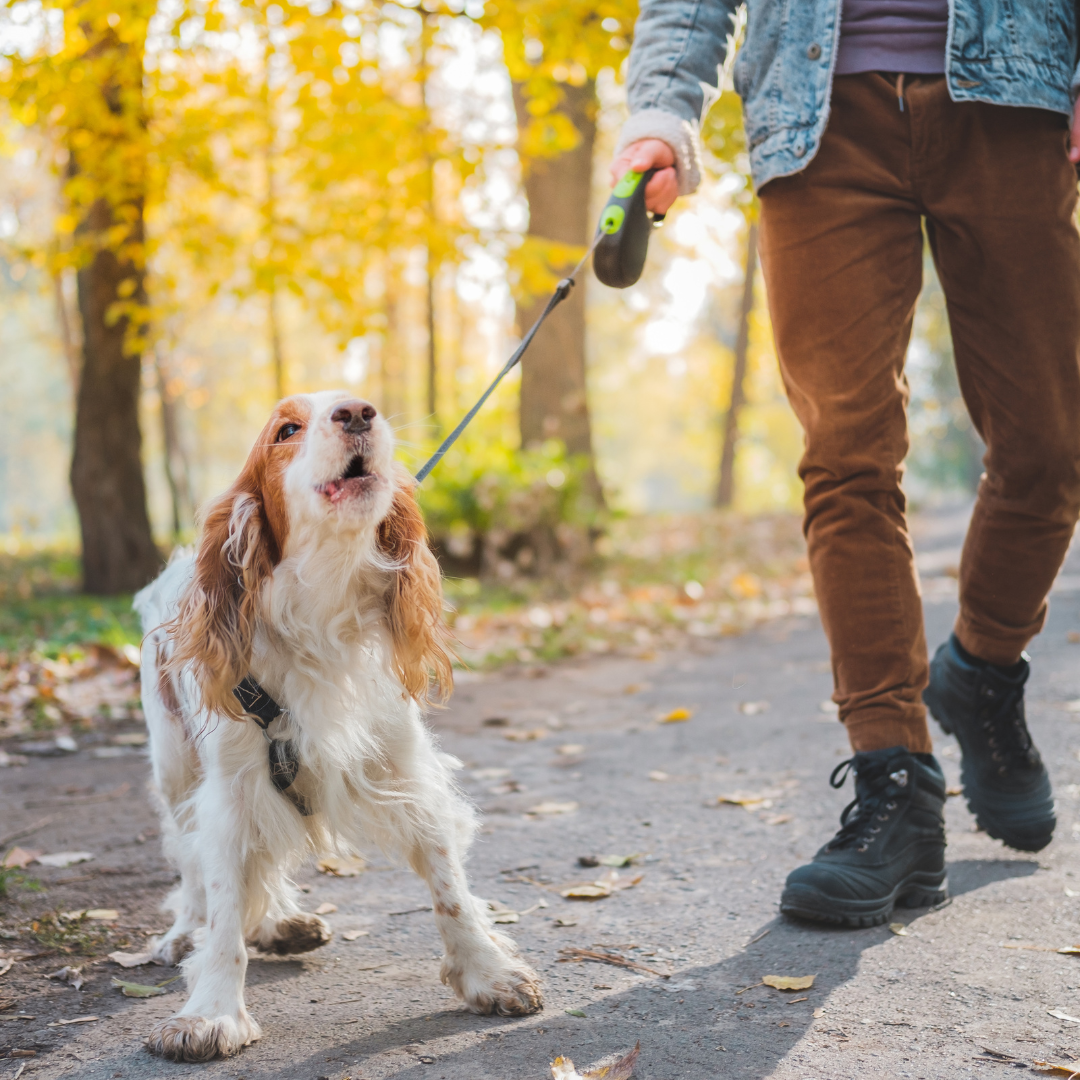
4. Move Outside
Moving outside is an important step in leash training, as it helps your puppy learn to navigate different environments and distractions. Here are some additional details to consider:
Choose A Safe Location
Before walking your puppy on the leash outside, choose a quiet and safe location away from busy roads or crowded areas. A local park or a quiet residential street can be a good option.
Introduce Distractions Gradually
When you first start walking your puppy outside, try to avoid areas with many distractions. Instead, choose a quiet location where your puppy can focus on walking on the leash. Over time, you can gradually introduce distractions like people, other dogs, or traffic.
Use Positive Reinforcement
Positive reinforcement is key to successful leash training. Reward your puppy with treats or praise when they walk calmly on the leash and follow your lead. If your puppy pulls or resists, avoid punishing or scolding them. Instead, stop walking and wait for your puppy to calm down before starting again.
Be Patient
Leash training takes time and patience; every puppy learns at their own pace. Be patient with your puppy and avoid getting frustrated if they fail to learn quickly. Celebrate small successes and work with your puppy to improve their leash walking skills.
Consider The Weather
When walking your puppy outside, be mindful of the weather conditions. In hot weather, avoid walking during the hottest part of the day and bring water for your puppy to drink. Ensure your puppy is warm enough in cold weather, and avoid walking on icy or slippery surfaces.
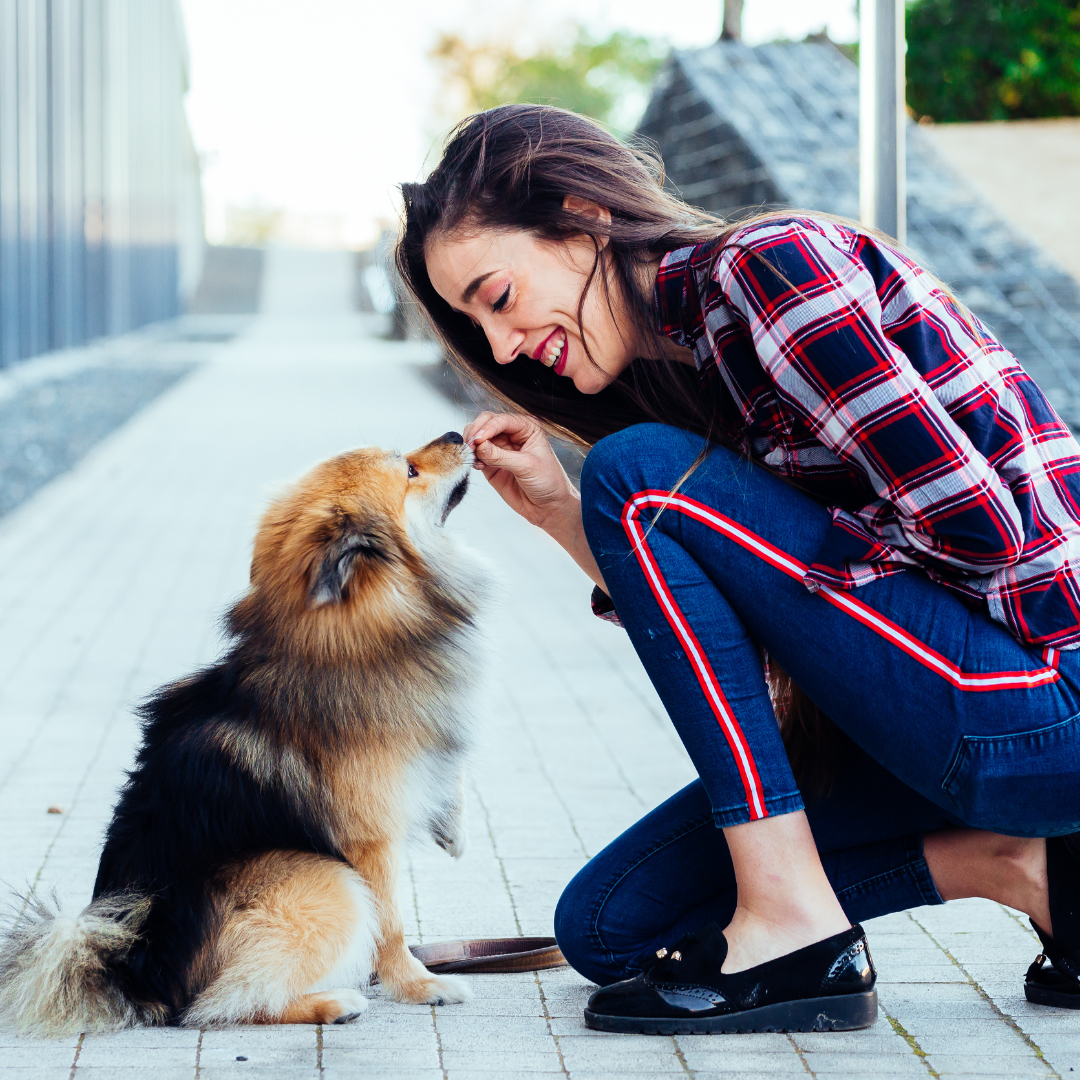
5. Use Positive Reinforcement
Positive reinforcement is a powerful tool for training your puppy, as it helps your puppy associate good behaviour with positive outcomes. Here are some additional details on how to use positive reinforcement in leash training:
Find the Right Treats
Choose treats your puppy loves that are easy to carry on walks. Small, soft treats that are easy to chew and digest are a good option. Make sure to choose healthy and appropriate treats for your puppy's diet.
Use Praise And Physical Affection
In addition to treats, use praise and physical affection to reinforce good behaviour. Pet your puppy, give them belly rubs or ear scratches and use a happy, upbeat tone to show them they're doing a good job.
Be Consistent
Consistency is key when using positive reinforcement. Ensure you reward good behaviour consistently every time your puppy walks calmly on the leash. This will help reinforce the behaviour you want to see and encourage your puppy to repeat it in the future.
Timing Is Everything
Timing is critical when using positive reinforcement. Praise and reward your puppy as soon as they exhibit good behaviour. This will help your puppy associate the reward with the behaviour you want to reinforce.
Avoid Punishment
Punishing your puppy for pulling or resisting on the leash is ineffective and can worsen the problem. Instead, stop walking and wait for your puppy to calm down before continuing. This will help your puppy learn that pulling or resisting is unacceptable behaviour and that walking calmly on the leash is rewarded.
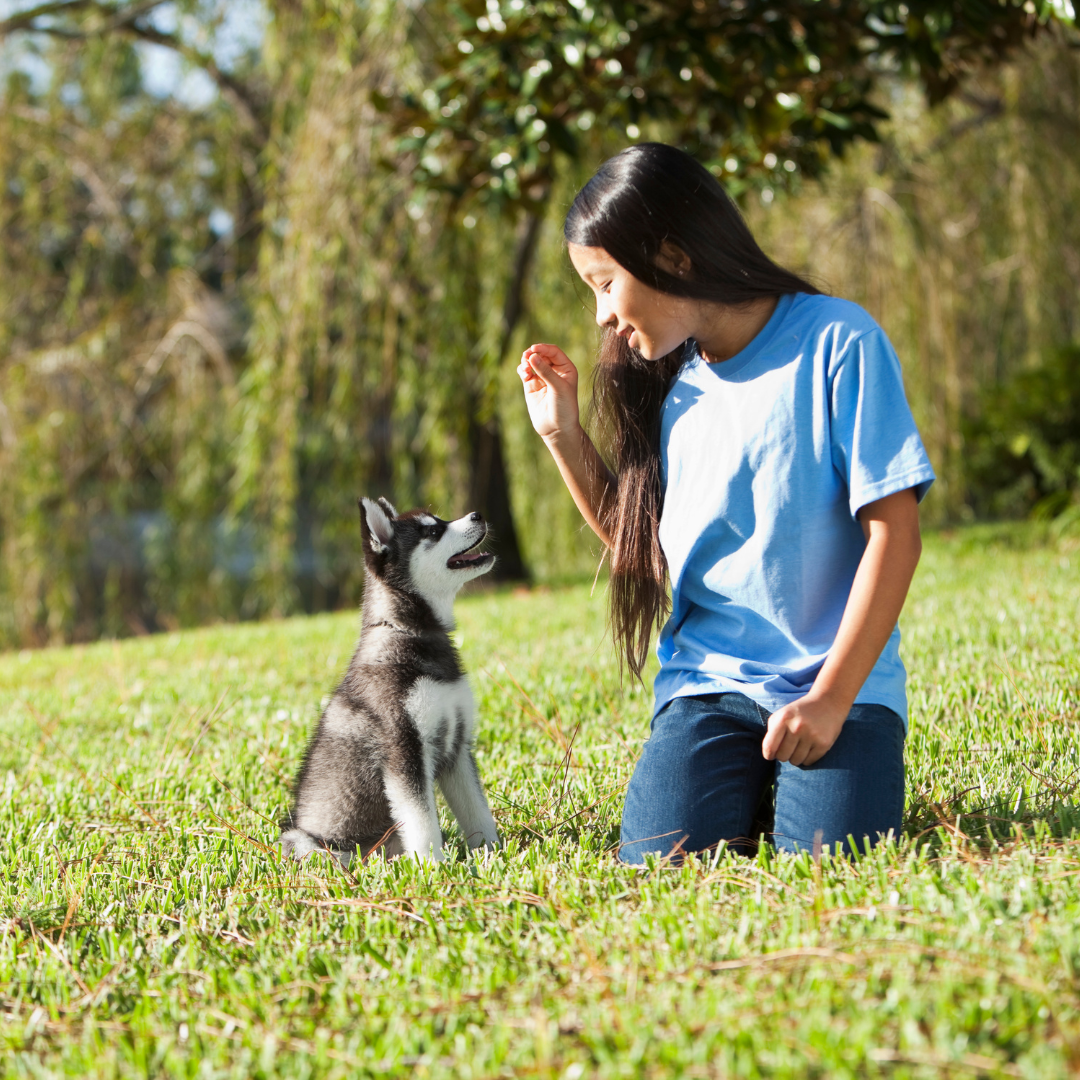
6. Be Patient
Leash training your puppy takes patience and persistence. Here are some additional details on how to be patient during the training process:
Take Things Slowly
Expect your puppy to learn only some things at a time. Start with short training sessions and gradually increase the duration and difficulty of the training as your puppy becomes more comfortable. Remember that every puppy is different; some may take longer to learn.
Stay Calm
Dogs are sensitive to their owner's emotions, so staying calm during training is important. If you get frustrated or angry, your puppy may become anxious or fearful, making it more difficult to train them. Take breaks if you feel frustrated and return to training when you feel calm and patient again.
Repeat, Repeat, Repeat
Repetition is essential for successful leash training. Practice the same exercises regularly, and reinforce good behaviour whenever your puppy walks calmly on the leash. This will help your puppy learn the behaviour you want to see and strengthen it over time.
Celebrate Small Wins
Celebrate even small victories during leash training. If your puppy walks calmly for a few steps or turns their attention to you when you call their name, praise them and give them a treat. These small wins will help build your puppy's confidence and reinforce good behaviour.
End On A Positive Note
Always end your training sessions on a positive note. If your puppy becomes frustrated or tired, complete the training and take a break. This will help your puppy associate training with positive experiences and make them more willing to participate in future sessions.
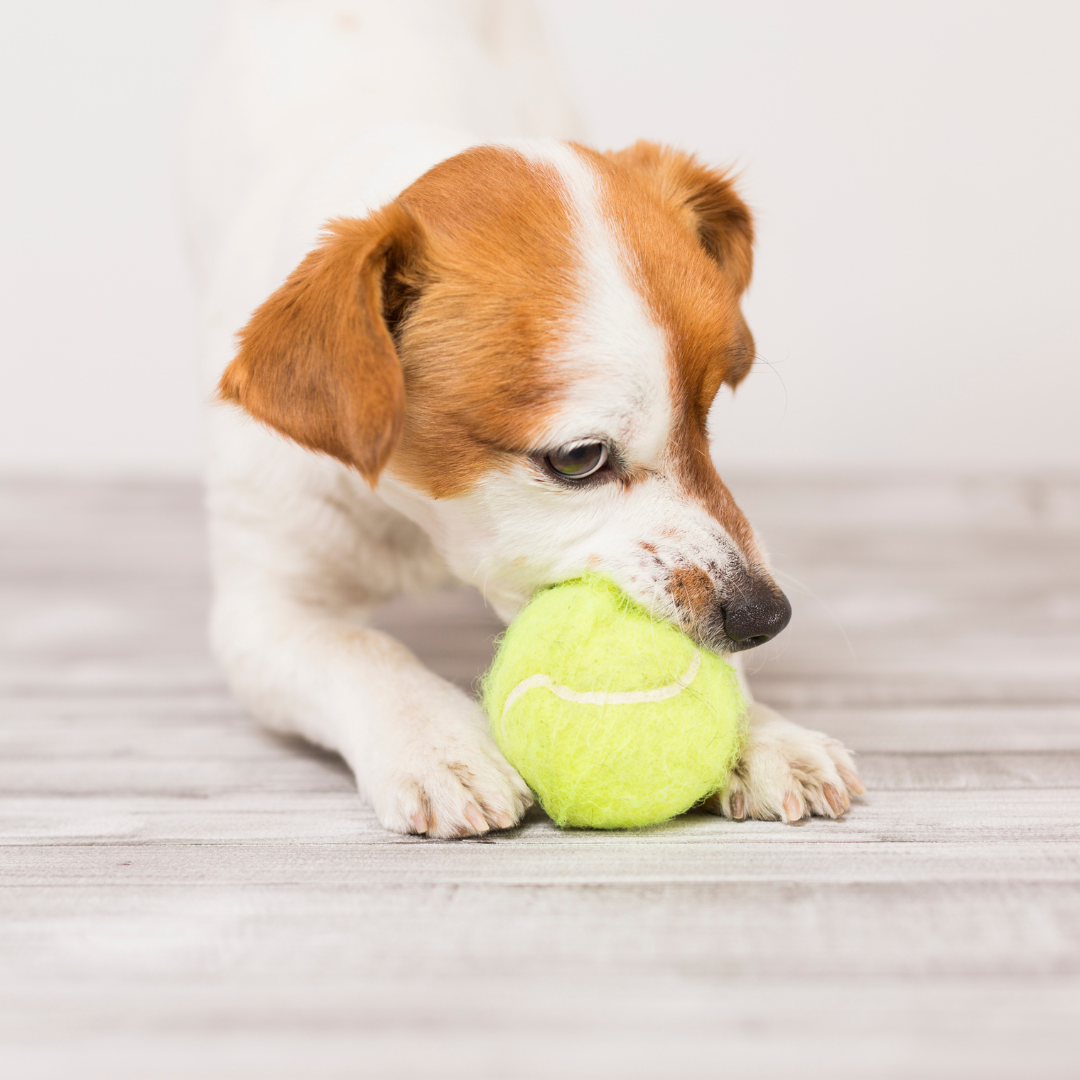
7. Use Treats And Toys
Treats and toys can be powerful tools for training your puppy to walk on a leash. Here are some additional details on how to use them effectively:
Choose High-Value Treats
When choosing treats to use for leash training, make sure to select high-value treats that your puppy loves. This could be small chicken, cheese, or other tasty treats. Use small, bite-sized pieces to reward your puppy for good behaviour quickly.
Reward Good Behavior
Use treats to reward your puppy for good behaviour on the leash. For example, if your puppy walks calmly beside you or looks up at you while you're walking, give them a treat. This will help reinforce the behaviour you want to see and encourage your puppy to repeat it in the future.
Use Toys As Distractions
Toys can be a great distraction when your puppy becomes distracted or anxious during walks. Bring a toy that your puppy loves and use it to redirect their attention if they become overly excited or agitated. This will help keep your puppy focused on you and make walks more enjoyable for both of you.
Use Treats Sparingly
While treats can be a great motivator, use them sparingly. Using treats too frequently can make your puppy reliant on them and make it harder to wean them off of treats. Use treats as a way to reward good behaviour, but also be sure to use praise and attention as rewards as well.
Be Consistent
Consistency is key when using treats and toys for leash training. Use the same pleasures and toys each time, only rewarding good behaviour. This will help your puppy understand what behaviour is expected of them and encourage them to repeat it in the future.
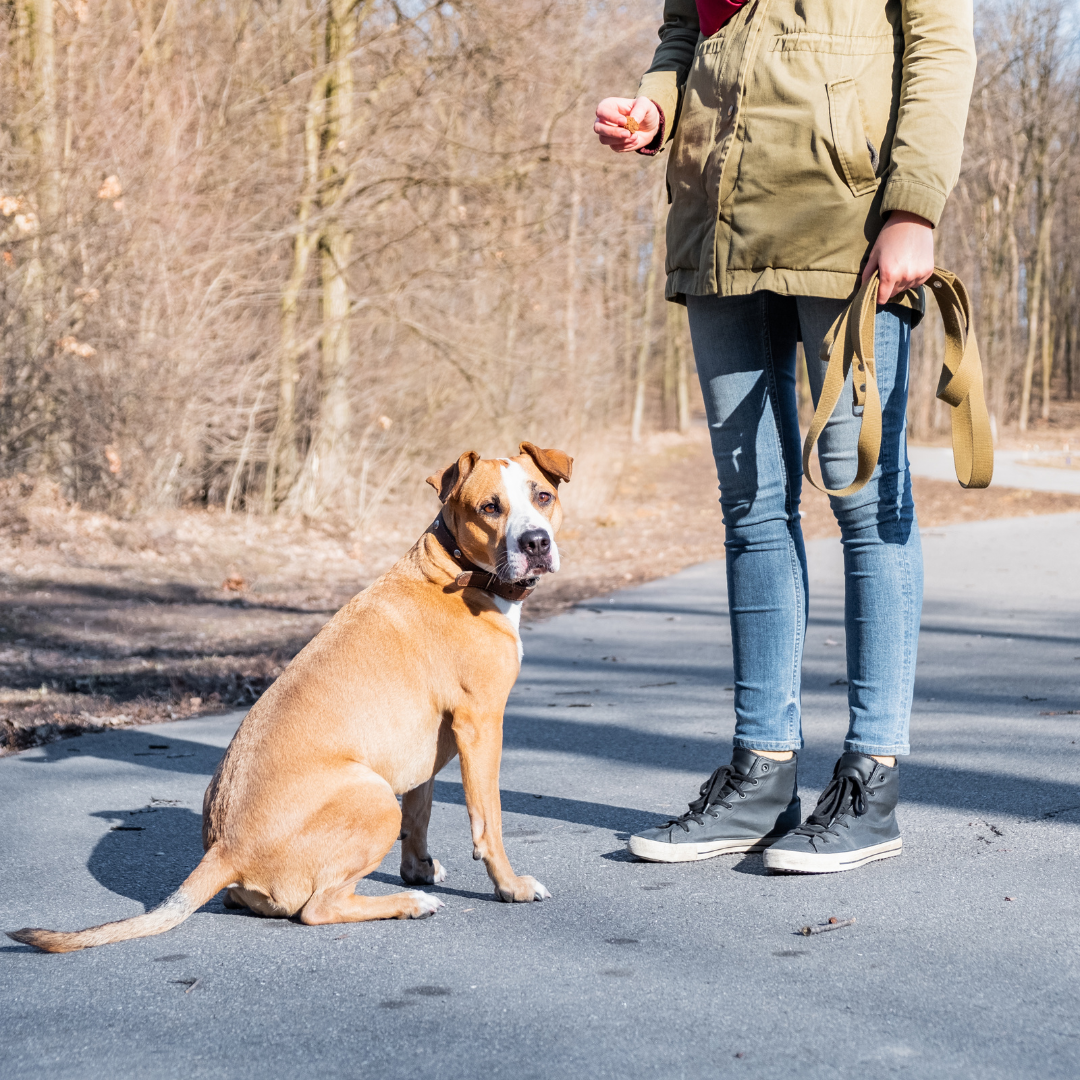
8. Avoid Pulling On The Leash
Pulling on the leash can harm your puppy's neck and spine and make leash training more challenging. When your puppy pulls on the leash, it can create tension, leading to injury or discomfort over time.
To avoid pulling on the leash, stop and wait for your puppy to calm down before continuing your walk. This can help your puppy learn that pulling on the leash will not get them where they want to go and that calm behaviour is more likely to be rewarded with treats and praise.
Another way to avoid pulling on the leash is to use a shorter leash or a harness. A shorter leash can give you more control over your puppy, while a harness can distribute pressure more evenly across your puppy's body, reducing the risk of injury.
When using a harness, choose one that fits your puppy comfortably and is appropriate for its size and breed. You can also use a front-clip harness, which can help discourage pulling by redirecting your puppy's attention toward you.
Overall, avoiding pulling on the leash is important for your puppy's safety and well-being and can make leash training more successful and enjoyable for you and your puppy.
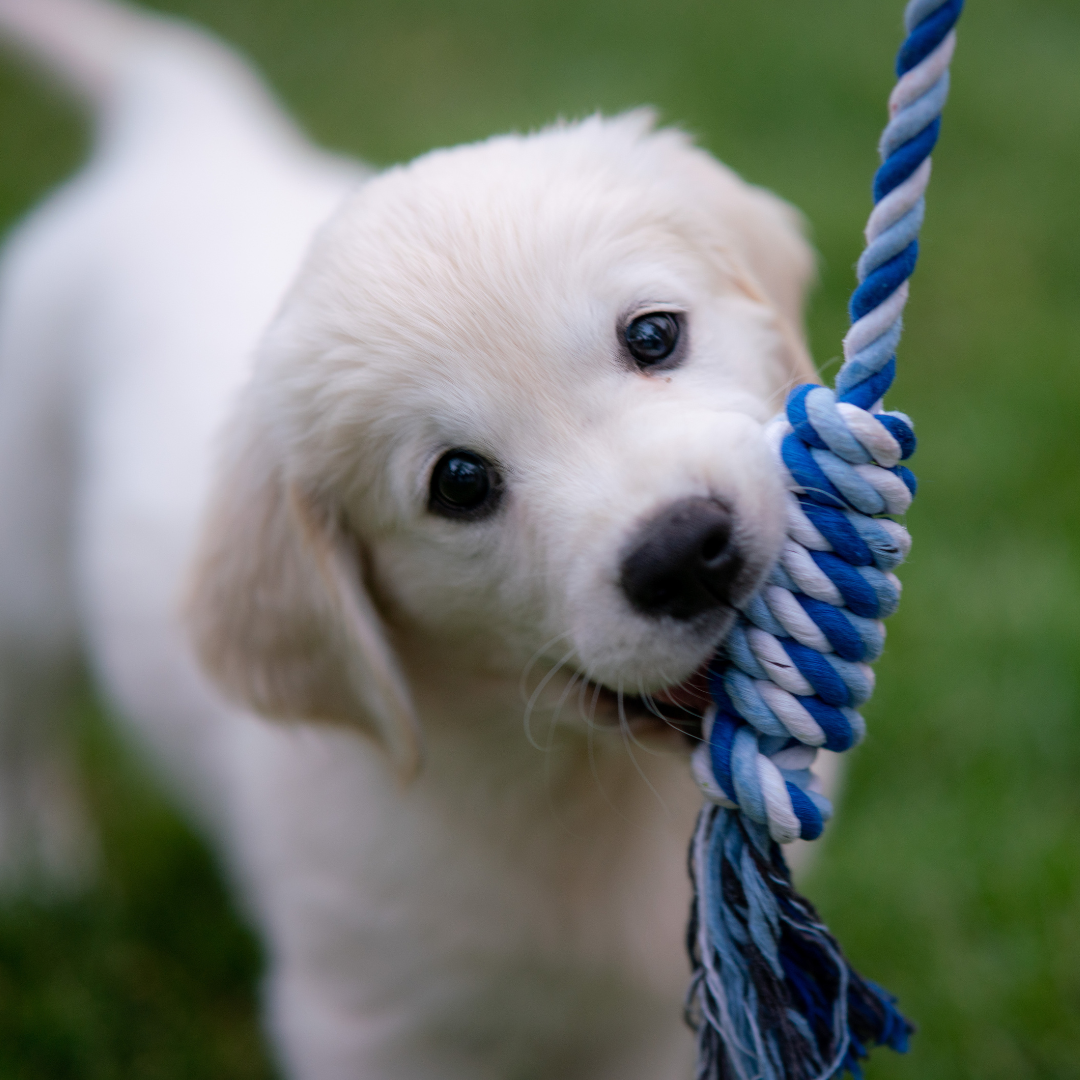
9. Don't Forget To Have Fun
It's easy to get frustrated during leash training, especially when your puppy doesn't progress. However, it's important to stay positive and enjoy the process. Remember that your puppy is still learning and may need time to adjust to the new experience of walking on a leash.
Taking breaks and playing with your puppy during walks can also make the training process more enjoyable for you and your puppy. This can help build a positive association with leash walking and make your puppy more excited about going for walks.
Another way to make leash training more fun is to switch up your walking routes and explore new areas with your puppy. This can give your puppy new sights and smells to explore, making walks more stimulating.
Remember to enjoy the time you spend with your puppy on walks. Leash training is an opportunity to bond with your puppy and create a positive experience for both of you.
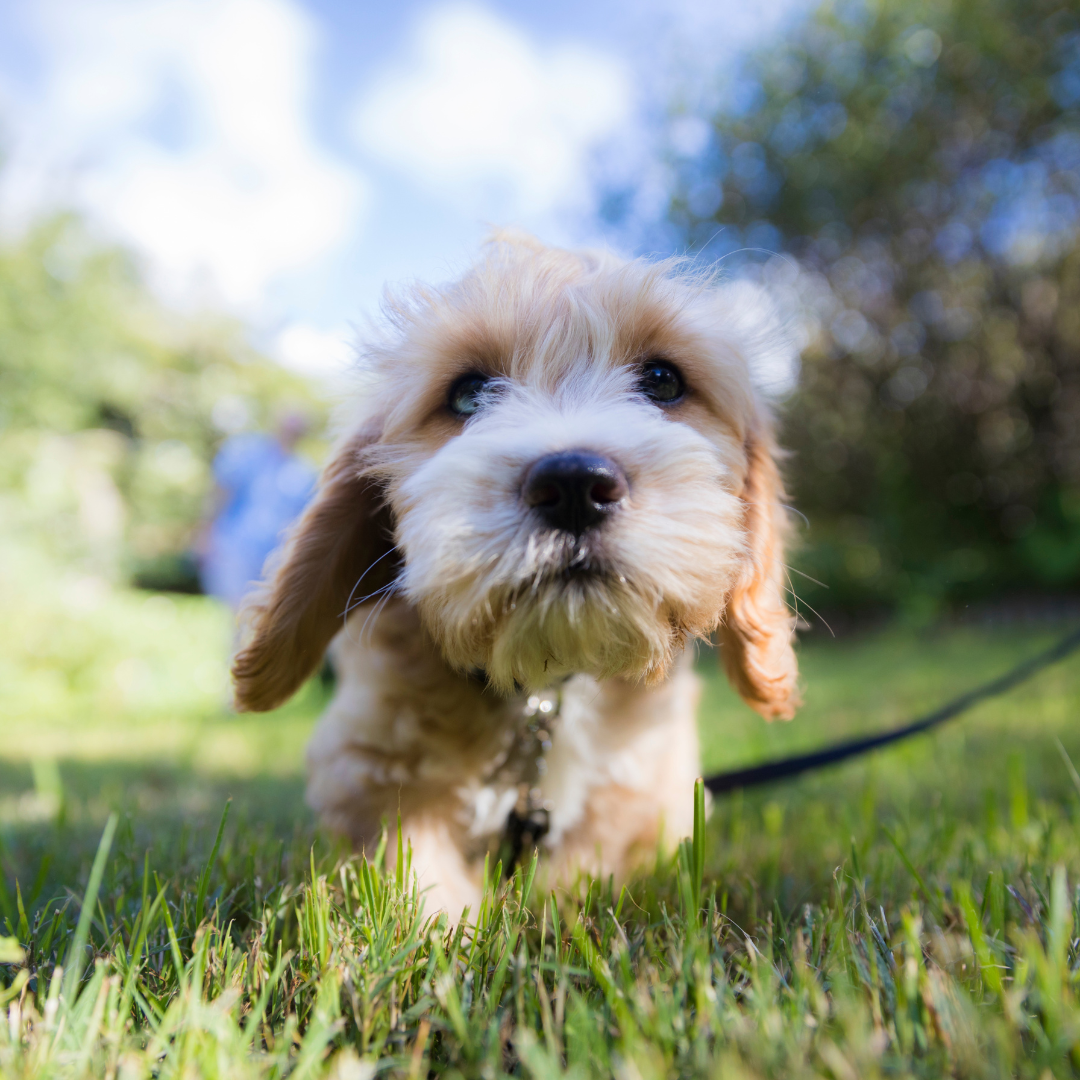
Conclusion
In conclusion, leash training is a vital skill that every puppy and owner should learn. You can train your puppy to walk calmly and safely on the leash with patience, consistency, and positive reinforcement.
Remember to choose the right equipment, start indoors, use positive reinforcement, and avoid common mistakes like pulling on the leash. And most importantly, have fun with your furry friend on your walks together!
With the tips and techniques outlined in this guide, you and your puppy will be well on your way to enjoying many happy and safe walks together.
I trust you enjoyed this article on How To Train A Puppy To Walk On A Leash. Please stay tuned for more blog posts to come shortly. Take care!
JeannetteZ
My #1 Dog Training Recommendation
Your Opinion Is Important To Me
Thoughts? Ideas? Questions? I would love to hear from you. Please leave me your questions, experience, and remarks about this article, How To Train A Puppy To Walk On A Leash, in the comments section below. You can also reach me by email at Jeannette@Close-To-Nature.org.
Disclosure
This post may contain affiliate links. I earn from qualifying purchases as an Amazon Associate and other affiliate programs. Please read my full affiliate disclosure.
You might also enjoy these blog posts:
A Full Overview Of Dogs And Their Activity
Best Ways To De-Stress And Be Relaxed In Nature
How To Prepare To Plant A Vegetable Garden


